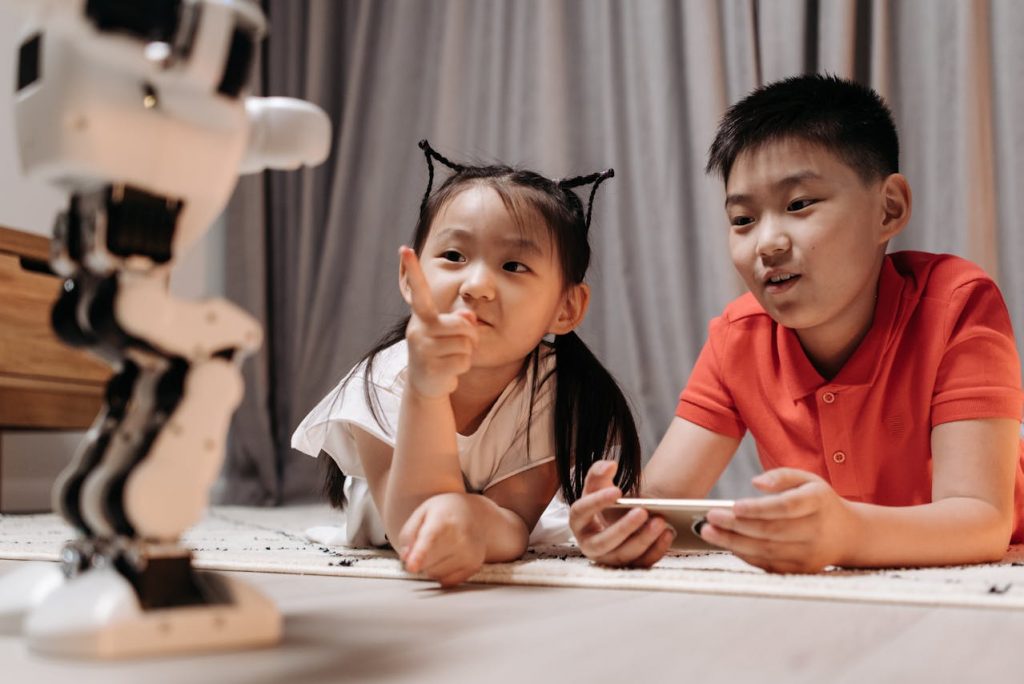Regarding spectacle, robotics demos take a lot of work to beat. Impressive mechatronics will continue to astound, even as the area becomes more commonplace in many industrial locations. Many people associate home robots with the future, and large electronics companies see them as an easy way to show their shareholders and customers that they are still at the forefront of innovation.
It is practically irrelevant whether or not the robots result in marketable goods. No one will notice if those futuristic demos vanish as long as other items hit the market within the next few months. Do you recall that Samsung “debuted” its robot chef at CES 2020? Probably not, since it was about a month before COVID-19 engulfed the globe.
Which Home Robots to consider?
To the best of our knowledge, though, it completed its mission and then disappeared. By bringing Ballie back from the dead, Samsung proved they still care about the home robot. At the very least, adding a projector to the spherical house patrolling ‘bot makes it a more practical long-term goal for home robots. Ballie is an attainable objective, even though I’d wager a pretty penny that it will never hit store shelves in Korea or anyplace else.
The question of whether it’s a worthwhile objective is separate. There must be more to domestic robots than Roomba. After twenty years or more, why have we just produced a fleet of robotic vacuum cleaners? There are seemingly straightforward queries with very intricate answers. Emphasizing functionality is crucial. The majority of robots on Earth only have one function. They are engineered to perform a single task exceptionally well until they cannot do it anymore.
With the first Roomba released in late 2002, iRobot finally reached pay dirt after years of pounding their heads against the wall. Nobody has been able to surpass it since it was such a brilliant idea. Instead, research and development (R&D) budgets of tens of millions of dollars are allocated across many firms to create an improved robot vacuum. Modern Roombas are an upgrade over their forebears. They’re more intelligent, spatially aware, can mop better, and, most importantly, won’t trample your carpet with their droppings.
Some have speculated for some time that home security could be the second killer app. From what I can tell, the concept is sound. Instead of settling with a stationary Ring cam, why not have one that can roll around? (Although there are many valid arguments in favor of this, that is irrelevant.) For Amazon, that was the Astro’s key selling point. Limited functionality and an exorbitant price point are significant reasons the robot has yet to be a success. If Ballie is ever sold commercially, it will likely have this combination.
Recommended:
OpenAI GPT-4 Turbo is Paving the Way for a New Era in AI.
ChatGPT Team – Now get your team a collective subscription.
Like this:
Like Loading...









 Quora AI Chatbot: The Company raised $75M from a 16z
Quora AI Chatbot: The Company raised $75M from a 16z